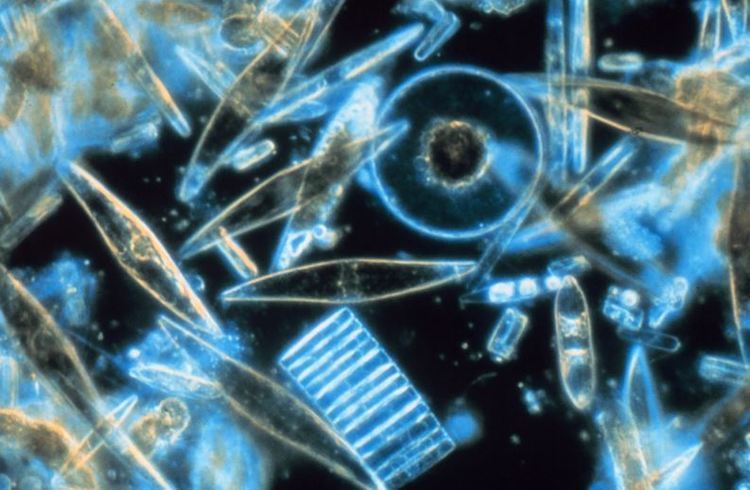Rank Order | Phylum Proteobacteria Subclass Rickettsidae | |
 | ||
Similar Pelagibacter ubique, Roseobacter, Alphaproteobacteria, Prochlorococcus, Flavobacteriia | ||
The Pelagibacterales is an order in the Alphaproteobacteria composed of free-living bacteria that make up roughly one in three cells at the ocean's surface. Overall, members of the Pelagibacterales are estimated to make up between a quarter and a half of all prokaryotic cells in the ocean.
Contents
Initially, this taxon was known solely by metagenomic data and was known as the SAR11 clade. It was first placed in the Rickettsiales, but was later raised to the rank of order, and then placed as sister order to the Rickettsiales in the subclass Rickettsidae.
It includes the highly abundant marine species Pelagibacter ubique. Bacteria in this clade are unusually small.
Pelagibacter ubique and related species are oligotrophs (scavengers) and feed on dissolved organic carbon and nitrogen. They are unable to fix carbon or nitrogen, but can perform the TCA cycle with glyoxylate bypass and are able to synthesise all amino-acids except glycine, and some cofactors. They also have an unusual and unexpected requirement for reduced sulfur.
Pelagibacter ubique and members of the oceanic subgroup I possess gluconeogenesis but not a typical glycolysis pathway, whereas other subgroups are capable of typical glycolysis.
Unlike Acaryochloris marina it is not photosynthetic – specifically, it does not use light to increase the bond energy of an electron pair – but it does possess proteorhodopsin (incl. retinol biosynthesis) for ATP production from light.
SAR11 bacteria are responsible for much of the dissolved methane in the ocean surface. They extract phosphate from methylphosphonic acid.
The taxon derives its name from the type species Pelagibacter ubique. However, this species has not yet been validly published, and therefore neither the family name or the species name has official taxonomic standing.
Subgroups
Currently the (unofficial) family is divided into five subgroups:
Phylogenetic placement and Endosymbiotic theory
A 2011 study by researchers of the University of Hawaiʻi at Mānoa and the Oregon State University, indicate that SAR11 could be the ancestor of mitochondria in most eukaryotic cells. However, the result can be tree reconstruction artifacts due to compositional bias.
